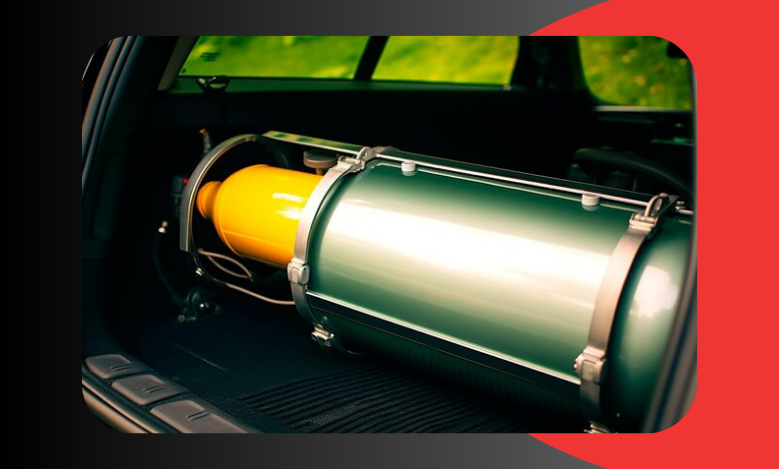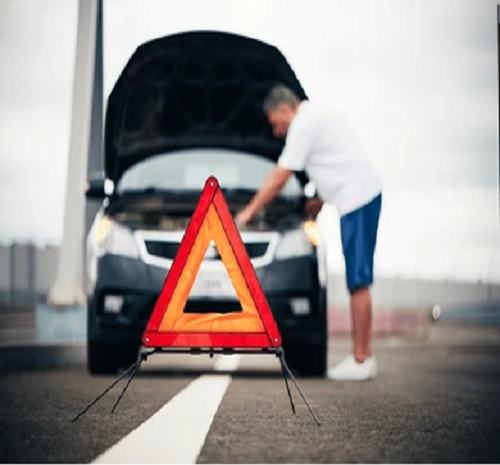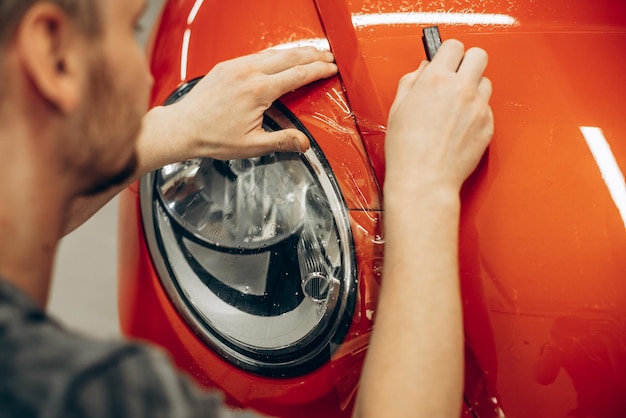Getting your car towed can be a frustrating experience, but understanding the process can help alleviate some of the stress. Whether it’s due to illegal parking, a breakdown, or any other reason, knowing your rights and responsibilities is crucial. This guide will provide you with essential information on what to know before your car is towed in Australia.
Understanding Towing Laws in Australia
1. Towing Regulations Vary by State
In Australia, towing regulations differ between states and territories. It’s important to familiarize yourself with the specific laws in your area. Here’s a brief overview:
– New South Wales (NSW): Towing operators must be licensed and follow strict guidelines about signage and notification. Vehicles can be towed from private property if they’re parked illegally.
– Victoria (VIC): Similar to NSW, operators must have a license. In addition, there are regulations about the amount charged for towing and storage fees.
– Queensland (QLD): Towing without consent is subject to strict regulations, and vehicles parked on private land can be towed if appropriate signs are displayed.
– Western Australia (WA): Operators must adhere to the “Towing Code of Practice,” which outlines how and when a vehicle can be towed.
– South Australia (SA): Requires tow truck operators to be licensed, and specific signage must be in place for private property towing.
Make sure to check your state’s specific rules to avoid surprises.
2. Valid Reasons for Towing
There are several legitimate reasons why a vehicle might be towed, including:
– Illegal parking: Vehicles parked in restricted zones, in front of fire hydrants, or blocking driveways.
– Abandonment: Cars left in the same spot for an extended period.
– Traffic violations: Vehicles involved in accidents or those posing safety hazards may be towed by authorities.
Before Your Car Is Towed
3. Know Your Rights
If you find yourself in a situation where your car is being towed, understanding your rights is vital:
– Notice: You should be given a notice that your vehicle is being towed. This notice may include the reason for the tow and the contact information of the towing company.
– Recovery: You have the right to recover your vehicle once it has been towed, provided you pay the required fees.
– Compensation: If you believe your vehicle was towed unlawfully, you may be entitled to compensation. Each state has specific procedures for lodging complaints.
4. Check for Signage
Before leaving your vehicle, check for any signs indicating parking regulations. This is especially important in private parking lots. Signs should clearly outline parking rules, including the consequences of unauthorized parking.
5. Understand Towing Fees
Towing fees can vary widely based on the towing company, the distance to the storage lot, and the state’s regulations. Generally, you can expect:
– Base towing fee: A flat rate charged for the tow itself.
– Distance charges: Additional fees for the miles driven to the storage facility.
– Storage fees: Daily charges for keeping your vehicle in the tow yard.
Always ask for a detailed breakdown of fees before paying.
What to Do If Your Car Is Towed
6. Finding Your Towed Vehicle
If you discover your car is missing, follow these steps:
– Check for Signs: If you parked in a private lot, look for any posted signs indicating towing policies.
– Contact Local Authorities: Call your local police department or council to see if your car has been towed. They can provide you with the towing company’s contact information.
– Visit the Towing Company: Once you have the contact details, visit or call the towing company to locate your vehicle.
7. Preparing to Retrieve Your Vehicle
Once you find your car, prepare to retrieve it:
– Gather Necessary Documents: Bring identification, proof of vehicle ownership, and any relevant paperwork that may be required by the towing company.
– Payment: Be prepared to pay the towing and storage fees. Most companies accept cash, credit, or debit.
After Retrieval
8. Inspecting Your Vehicle
After retrieving your car, thoroughly inspect it for any damage. If you notice anything unusual, document it and take photos. This evidence may be crucial if you decide to file a complaint or seek compensation.
9. Filing a Complaint
If you believe your vehicle was towed unlawfully, you can file a complaint with the appropriate regulatory body in your state. Ensure you have all necessary documentation, including photographs and receipts, to support your case.
Tips for Avoiding Towing Situations
- Be Mindful of Parking Regulations
To avoid the hassle of being towed, always:
– Observe Parking Signs: Pay attention to signs that indicate parking rules.
– Avoid Restricted Areas: Steer clear of zones known for strict parking enforcement.
– Consider Alternative Options: Use public transport or rideshare services in areas where parking is limited.
- Use Technology
Leverage apps and tools to help find parking spaces in crowded areas. Some applications provide real-time updates on available parking and may even help you navigate local regulations.
What Steps to Take After a Car Accident
Experiencing a car accident can be overwhelming and stressful. However, knowing what to do in the aftermath can help you manage the situation effectively. Here’s a straightforward guide on the essential steps to take after a car accident.
1. Ensure Safety First
Check for Injuries
Immediately check yourself and any passengers for injuries. If anyone is hurt, call emergency services right away. If it’s safe, move to a secure location away from traffic.
Turn on Hazard Lights
If your vehicle is operational, turn on your hazard lights to alert other drivers of the situation. This can help prevent further accidents.
2. Call the Authorities
Even if the accident is minor, it’s a good idea to contact the police. They can document the incident and create an official report, which can be important for insurance claims.
3. Exchange Information
Gather Details
Exchange contact and insurance information with the other driver(s). Make sure to collect:
– Names and contact numbers
– Insurance company names and policy numbers
– License plate numbers
– Driver’s license numbers
Take Notes
Write down the details of the accident, including the time, date, location, weather conditions, and any relevant circumstances.
4. Document the Scene
Take Photos
Use your phone to take pictures of the accident scene, including:
– Vehicle damage
– License plates
– The surrounding area
– Any road signs or signals
These photos can be helpful for insurance purposes later.
Get Witness Information
If there are any witnesses, ask for their contact details and a brief statement about what they saw. Their accounts can be useful if there are disputes about the accident.
5. Avoid Admitting Fault
When speaking with the other driver or witnesses, stick to the facts. Avoid making statements that could be interpreted as admitting fault. The police report and insurance companies will determine liability.
6. Notify Your Insurance Company
Report the accident to your insurance provider as soon as possible. Provide them with all the necessary details, including the police report number, photos, and witness information. Be honest and thorough in your description of the event.
7. Seek Medical Attention
Even if you feel fine, it’s wise to get a medical check-up. Some injuries, like whiplash or concussions, may not be immediately apparent. Document any medical visits related to the accident for your records and potential claims.
8. Keep Records
Maintain a file with all documents related to the accident, including:
– Police reports
– Medical records and bills
– Correspondence with your insurance company
– Estimates for repairs
This documentation will be essential for any claims or legal matters that arise.
9. Follow Up on Repairs
Once you’ve reported the accident and received approval from your insurance company, arrange for your vehicle to be repaired. Choose a reputable auto body shop and keep all repair receipts.
10. Consider Legal Advice
If the accident involves significant damage, injuries, or disputes about fault, you may want to consult a lawyer. They can guide you through the legal process and ensure your rights are protected.
Navigating the aftermath of a car accident can be challenging, but by following these steps, you can manage the situation more effectively. Prioritize safety, gather necessary information, and keep thorough records to facilitate the claims process. Taking these actions will help you regain control after the incident and ensure you’re prepared for any next steps.
Are Towing and Storage Fees Covered by Car Insurance After an Accident?
After an accident, one of the concerns you might have is whether your car insurance will cover the costs of towing and storage. Here’s a straightforward overview of how these fees work in relation to your insurance policy.
Understanding Coverage Types
1. Towing Coverage
Most car insurance policies include some form of towing coverage, but it varies by provider and the type of coverage you have. Here are the common scenarios:
– Comprehensive and Collision Coverage: If you have comprehensive or collision insurance, towing fees are often covered when your car is involved in an accident. This includes situations where your vehicle is not drivable.
– Roadside Assistance: Many insurers offer roadside assistance as an add-on to your policy. This typically covers towing to a nearby garage if your vehicle breaks down.
– Exclusions: Be aware that towing costs incurred due to a non-accident situation (like a flat tire or running out of gas) may not be covered unless you have roadside assistance.
2. Storage Fees
Storage fees refer to the costs incurred for keeping your vehicle in a towing company’s storage lot. Whether these fees are covered depends on several factors:
– Insurance Policy Terms: Some policies may cover storage fees as part of the towing coverage, but this is not universal. Check your specific policy details.
– Duration of Storage: Insurance may only cover storage fees for a limited time. If your vehicle remains in storage for an extended period, you might be responsible for those additional costs.
Steps to Take After an Accident
3. Report the Accident
Always report the accident to your insurance company promptly. Provide them with details, including the towing and storage costs, so they can guide you on coverage.
4. Keep Documentation
Retain all receipts and documentation related to the towing and storage fees. This will help you when filing a claim and ensure you receive any reimbursement you’re entitled to.
In summary, whether your car insurance covers towing and storage fees after an accident depends on your specific policy and coverage options. It’s essential to review your policy details and speak with your insurance provider to clarify what’s included. By being informed, you can better manage any unexpected expenses following an accident.
Conclusion
Getting your car towed in Australia can be inconvenient, but being informed can make the experience less stressful. By understanding the laws in your state, knowing your rights, and being mindful of parking regulations, you can significantly reduce the chances of facing this situation. If you do find yourself needing to retrieve a towed vehicle, knowing the proper steps to take will help you navigate the process smoothly. Stay informed, stay safe, and keep your vehicle out of the tow yard!




